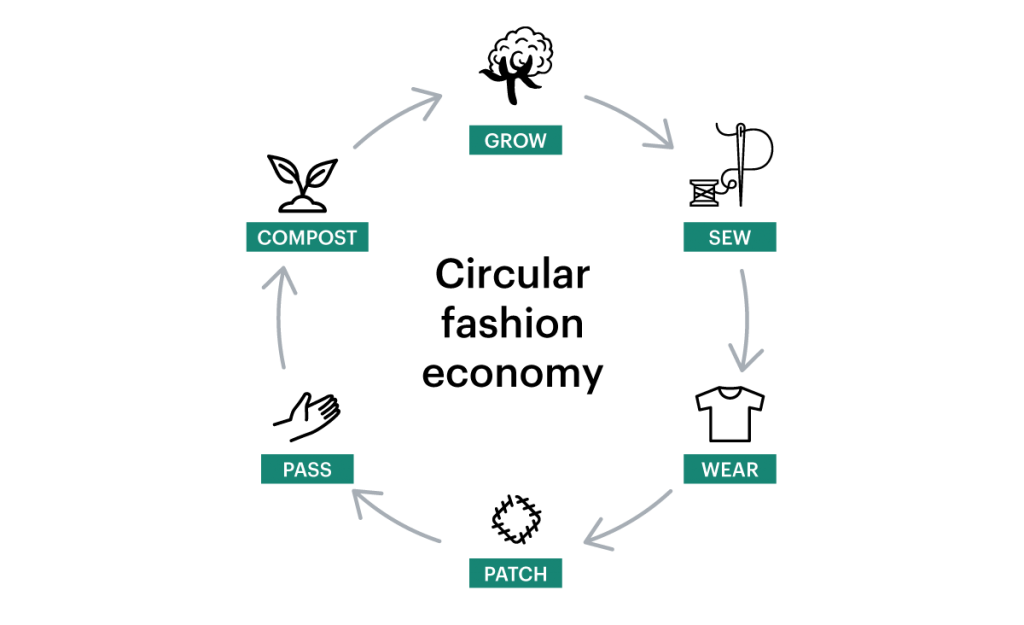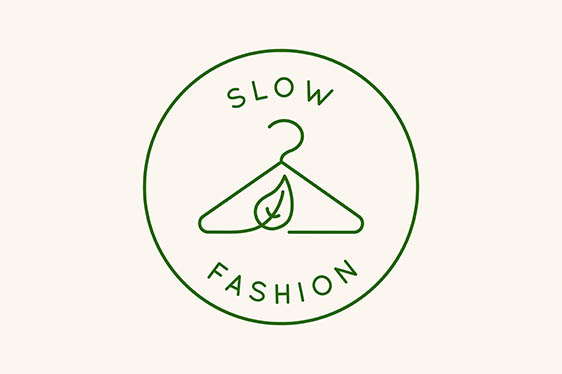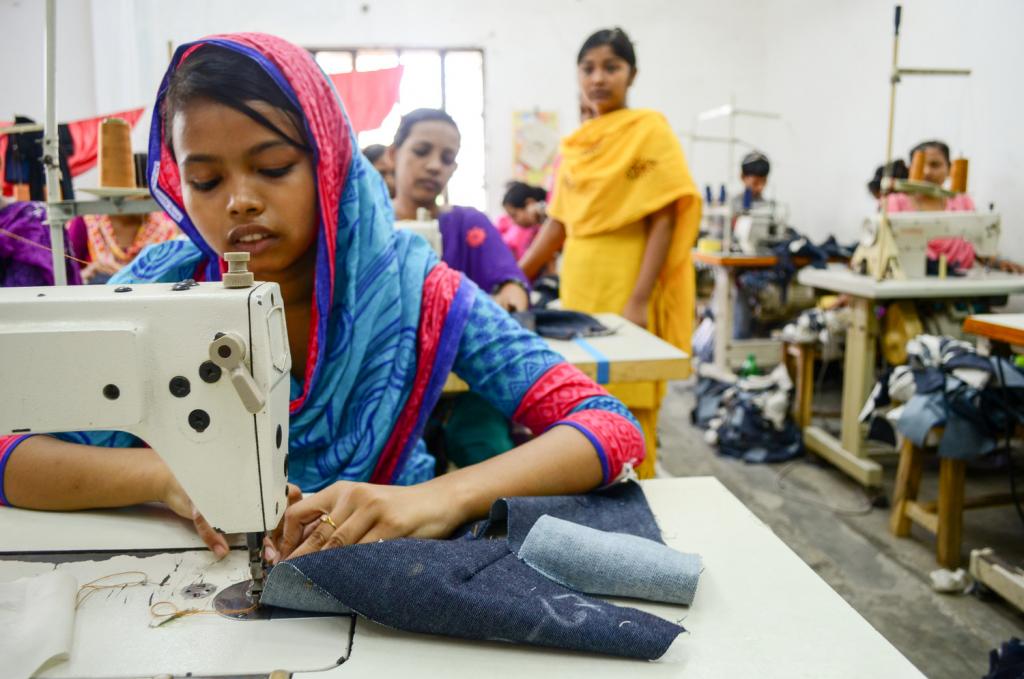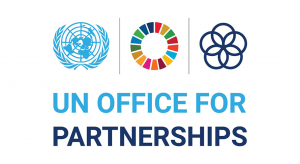The fashion industry is one of the largest and most dynamic in the world, with a global value estimated to be over $2 trillion. However, despite its size and success, the industry is facing numerous challenges that threaten its future. In this blog post, we will explore some of the key challenges faced by the fashion industry and the solutions that are being proposed to overcome them.
Challenge 1: Sustainability.

The fashion industry has a significant environmental impact, and this is becoming increasingly apparent as the world focuses more on sustainability and reducing its carbon footprint. The industry is responsible for 10% of global carbon emissions, 20% of global water waste, and a significant amount of waste from textiles and clothing that end up in landfills. Consumers are becoming more environmentally conscious and are looking for brands that are taking steps to reduce their impact on the planet.
Solution: Incorporating Sustainable Practices into Production.

To overcome this challenge, the fashion industry needs to take sustainability seriously and make changes to the way it operates. This includes incorporating sustainable practices into production, such as using eco-friendly materials, reducing waste, and minimizing harm to the environment. Brands can also implement circular fashion practices, such as using recycled and repurposed materials and encouraging customers to recycle their clothing. By taking these steps, the fashion industry can reduce its impact on the environment and help to create a more sustainable future.
Challenge 2: Fast Fashion.

Fast fashion has become a significant issue in recent years, with the fast-paced nature of the industry and the trend of cheap, disposable clothing contributing to environmental problems and labor abuses. Fast fashion has led to an increase in waste and a decrease in the quality of clothing, as well as poor working conditions for those who make it. Consumers are starting to demand more sustainable and ethically made clothing, which is putting pressure on the fashion industry to change its practices.
Solution: Slowing Down Production and Promoting Quality over Quantity.

To overcome this challenge, the fashion industry needs to slow down production and promote quality over quantity. Brands can do this by offering fewer but higher-quality collections, using sustainable materials, and paying fair wages to workers. By taking these steps, the fashion industry can reduce waste, improve working conditions, and create clothing that is built to last.
Challenge 3: Supply Chain Transparency.
The fashion industry is often criticized for its lack of transparency in its supply chain, which has led to concerns over working conditions and exploitation of workers. Consumers are becoming more conscious of the impact their purchases have on others and are looking for brands that are transparent about their supply chains.
Solution: Increasing Transparency in the Supply Chain.
To overcome this challenge, the fashion industry needs to increase transparency in its supply chain by regularly auditing suppliers and being transparent about production processes. Brands can also take steps to improve working conditions, such as providing fair wages and benefits to workers and promoting safe and healthy working environments. By taking these steps, the fashion industry can improve its reputation and create a more ethical supply chain.
Challenge 4: Digital Transformation.

The rise of e-commerce and online shopping is forcing traditional brick-and-mortar retailers to adapt to the digital age. The fashion industry needs to embrace technology and the shift to e-commerce, including investments in digital tools and platforms, to remain competitive in a rapidly changing market.
Solution: Embracing Technology and the Shift to E-Commerce.
To overcome this challenge, the fashion industry needs to embrace technology and the shift to e-commerce. This includes investing in digital tools and platforms, such as online stores and mobile apps, to reach customers where they are shopping. Brands can also use technology to improve the customer experience, such as virtual try-on technology, augmented reality, and personalized recommendations. By taking these steps, the fashion industry can remain competitive in a rapidly changing market and provide customers with a seamless and convenient shopping experience.
Challenge 5: Labor Issues.

The fashion industry has been criticized for poor working conditions and low wages for workers, particularly in developing countries. Consumers are becoming more conscious of the impact their purchases have on workers, and are looking for brands that are taking steps to improve working conditions.
Solution: Improving Working Conditions and Wages for Workers.
To overcome this challenge, the fashion industry needs to take steps to improve working conditions and wages for workers. This includes paying fair wages, providing safe and healthy working environments, and advocating for fair labor practices throughout the supply chain. Brands can also work with governments, NGOs, and other stakeholders to drive change and improve working conditions for workers in the industry. By taking these steps, the fashion industry can improve its reputation and create a more ethical supply chain.
Challenge 6: Diversifying Consumer Demands.
The fashion industry is facing growing demands from consumers for products that meet their diverse needs, such as sustainable, ethical, and unique clothing. Consumers are looking for clothing that not only looks good but also has a positive impact on the environment and the people who make it.
Solution: Offering a Wider Range of Products That Meet the Needs of Diverse Consumers.

To overcome this challenge, the fashion industry needs to offer a wider range of products that meet the needs of diverse consumers. This includes offering sustainable, ethical, and unique clothing that meets the needs of consumers who are looking for products that have a positive impact on the environment and the people who make it. By taking these steps, the fashion industry can remain relevant and meet the growing demands of consumers.
Challenge 7: Collaboration.
The fashion industry is facing complex and interconnected challenges, and it will require collaboration to overcome them. Brands cannot address these challenges in isolation, and will need to work with governments, NGOs, and other stakeholders to drive change and improve the industry.
Solution: Collaborating with Governments, NGOs, and Other Stakeholders.
To overcome the challenges facing the fashion industry, brands need to collaborate with governments, NGOs, and other stakeholders. This includes working together to address industry-wide issues and drive change. By taking these steps, the fashion industry can create a more sustainable, ethical, and fair future for everyone involved.
Conclusion.
The fashion industry is facing numerous challenges, including sustainability, fast fashion, supply chain transparency, digital transformation, labor issues, diversifying consumer demands, and the need for collaboration. However, by taking steps to overcome these challenges, the fashion industry can create a more sustainable, ethical, and fair future for everyone involved. This includes incorporating sustainable practices into production, slowing down production and promoting quality over quantity, increasing transparency in the supply chain, embracing technology and the shift to e-commerce, improving working conditions and wages for workers, offering a wider range of products that meet the needs of diverse consumers, and collaborating with governments, NGOs, and other stakeholders. By taking these steps, the fashion industry can continue to thrive and make a positive impact on the world.


Only users with full accounts can post comments. Log in, please. Or log in with: